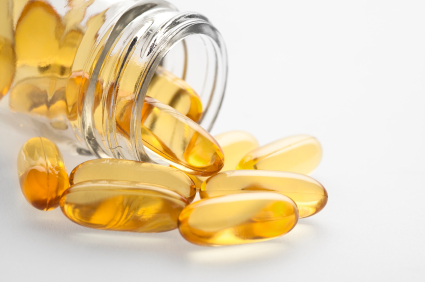For the Quarter Ending September 2023
The Vitamin E market in the United States concluded the third quarter of 2023 on a positive note, with prices rising modestly from $18,650/mt to $18,740/mt between July and September. This uptrend was driven by robust demand from the pharmaceutical and nutraceutical industries, resulting in an upward trajectory in the domestic market. The primary factor influencing the price increase was the maintenance of low to moderate inventory levels, prompting vendors to incrementally raise their offers each month. Exchange rate fluctuations between the US dollar and the yuan contributed to higher import costs for nutraceuticals in the latter half of the quarter. Despite a minor economic slowdown and inflation, market investors remained vigilant due to the Federal Reserve’s interest rate hikes. Warehouse utilization, pricing, and inventory levels experienced a notable surge in the United States from the first week of July, leading to increased costs of inventory and storage and subsequently impacting the pricing of Vitamin E. Additionally, prices rose as Chinese producers responded to heightened demand, particularly from the US, in anticipation of China’s Golden Week and Mid-Autumn Festival in early October. Although there was a slight increase in inflation in August, the overall trend was downward.
Asia Pacific:
In the third quarter of 2023, the domestic market for Vitamin E 50% CWS in China witnessed a contrary trend to the US, with prices dropping from $14,300/mt to $13,550/mt between July and September. This deviation suggested a divergence in price dynamics and hinted at challenges in price negotiations. China, as the second-largest global economy, faced a slow economic development in 2023, exacerbated by high unemployment, diminishing deflation, and sluggish overseas demand. The decline in Vitamin E prices in China was attributed to lower to moderate consumption in both domestic and foreign pharmaceutical and nutraceutical sectors, along with ample stock availability from local suppliers. Fresh inquiries during the quarter were minimal, and China’s Golden Week in September had a negligible impact on Vitamin E prices, which remained low across all grades compared to other nutraceuticals. Market participants maintained moderate supplies, aligning with consistent manufacturing production that met overall demand during the period.
Europe:
In Europe, Vitamin E pricing experienced a bearish trend in Germany, decreasing to $15,100/mt CFR Hamburg in September, down from $15,700/mt at the beginning of the third quarter in July. Excessive inventory levels, satisfying overall demand, emerged as the predominant factor compelling Vitamin E suppliers to lower their quotations throughout the quarter. The German manufacturing sector faced initial glitches at the quarter’s start, leading to decreased factory pricing, production, and new orders for nutraceuticals. Poor demand for commodities, including nutraceuticals, was evident as customers held back and reduced stock levels over the quarter. The geopolitical environment, tightened financial circumstances, and economic uncertainty contributed to the drop in demand. Fresh orders entering the country and consumer activities declined among retailers and service providers. Additionally, rising interest rates and inflation eroded consumer confidence, resulting in decreased demand for Vitamin E. The German government raised interest rates twice during this quarter alone.
Contact Us:
ChemAnalyst
GmbH – S-01, 2.floor, Subbelrather Straße,
15a Cologne, 50823, Germany
Call: +49-221-6505-8833
Email: sales@chemanalyst.com
Website: https://www.chemanalyst.com

